Full Automatic Constant Pressure Variable Frequency Water Supply Equipment is a new generation of hi...
See DetailsConstant Pressure Water Supply System: ROI in Heavy Industry?
Industry News-When a 24-hour steel mill or petrochemical plant evaluates a constant pressure water supply system, the conversation rarely starts with plumbing details; it starts with one question—how fast will the investment pay for itself? In heavy industry, where a single unplanned shutdown can erase a week’s profit, the payback equation has four variables: energy savings, maintenance avoidance, yield improvement, and regulatory risk reduction. Let’s examine each variable with real-world numbers.
Energy savings dominate the equation. A typical 500 m³/h system in a steel rolling line runs against a 6 bar set-point. Replacing a throttling-valve arrangement with a 160 kW variable-speed pump controlled by pressure feedback cuts absorbed power by 18–22 %. At 0.09 USD/kWh and 8,000 operating hours per year, the annual saving is 0.20 × 160 kW × 8,000 h × 0.09 USD = 23,040 USD. The VFD and sensor package add roughly 38,000 USD to the capital cost, yielding a simple energy payback of 1.65 years before incentives.
Maintenance avoidance is often hidden in departmental budgets. Throttled pumps run at fixed speed, generating 4–6 bar of excess head that is dissipated across control valves. Valve seats erode every 12–18 months, requiring crane rental, confined-space entry permits, and 48-hour outages. A North American copper smelter quantified this at 55,000 USD per event. After installing a constant pressure system in 2022, valve maintenance cycles stretched to 48 months, releasing an NPV benefit of 128,000 USD over five years.

Yield improvement is the least intuitive yet many lucrative lever. In continuous casting, fluctuating cooling-water pressure causes surface cracks that downgrade prime product to second-grade billet. A European mill correlated ±0.5 bar pressure swings with a 2.3 % yield loss. Stabilizing pressure to ±0.05 bar with closed-loop VFD control recovered 18,000 tons of prime billet annually. At a 120 USD/ton margin, that is 2.16 million USD per year—more than the entire water-system CAPEX.
Regulatory risk reduction translates directly to avoided fines. Discharge consent decrees now cap water-hammer transients at 2 bar above operating pressure. A single excursion can trigger EPA reporting and a 250,000 USD civil penalty. Modern constant pressure systems include soft-fill ramping and surge-foreseeing algorithms that eliminate transients. Insurance underwriters recognize the mitigation: one Gulf Coast refinery saw its property good drop 3 %, saving 42,000 USD per year.
Add these benefits together in a 10-year discounted cash-flow model using a 7 % hurdle rate. The combined annual cash benefit for the above steel mill totals 2.36 million USD; the installed system cost—including pumps, VFDs, stainless headers, and commissioning—is 480,000 USD. Net present value over ten years exceeds 12 million USD, and the internal rate of return spikes to 492 %. Even if energy prices fall by half and yield gains are only 25 % of forecast, the IRR remains above 110 %.
In heavy industry, the constant pressure water supply system is no longer a utility upgrade; it is a profit center whose ROI outperforms many core-process investments.


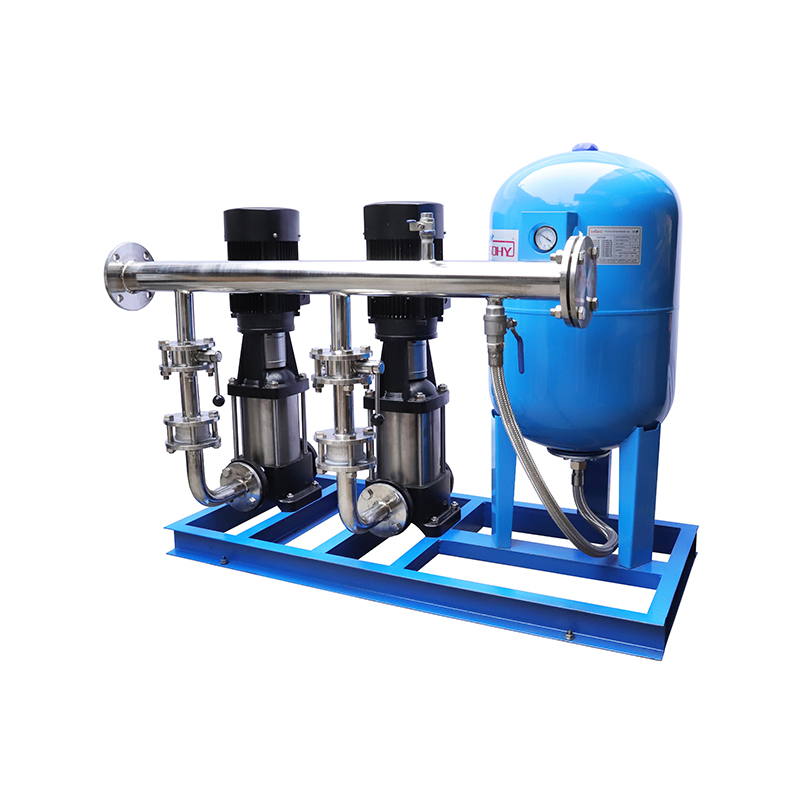
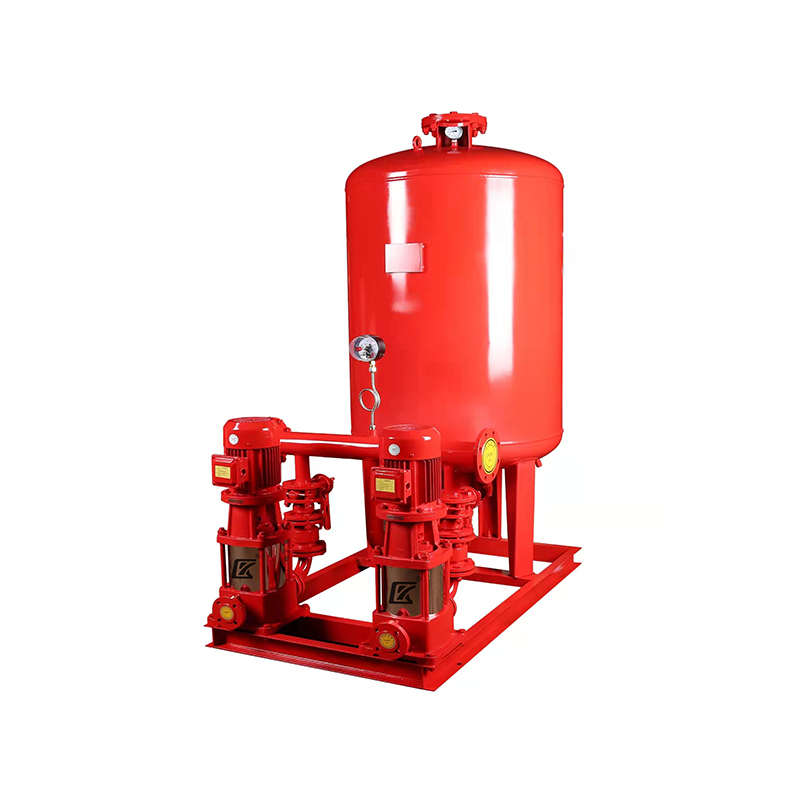
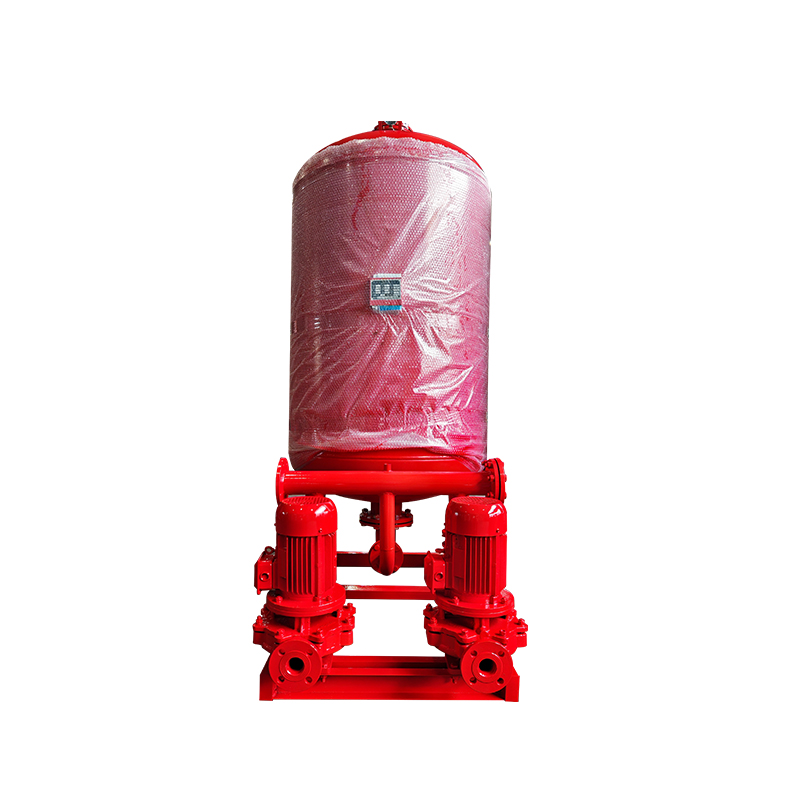
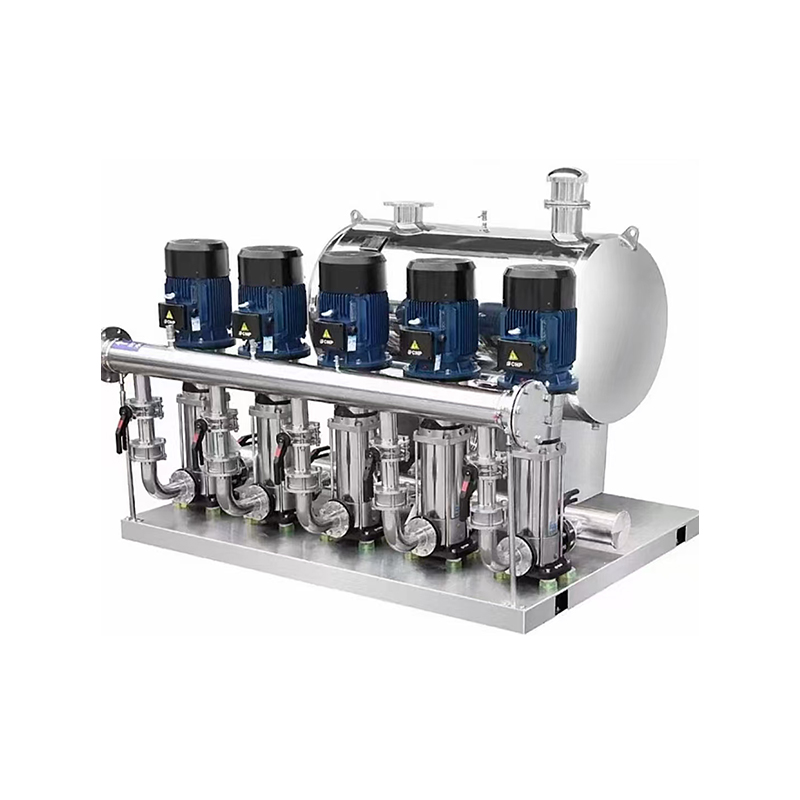

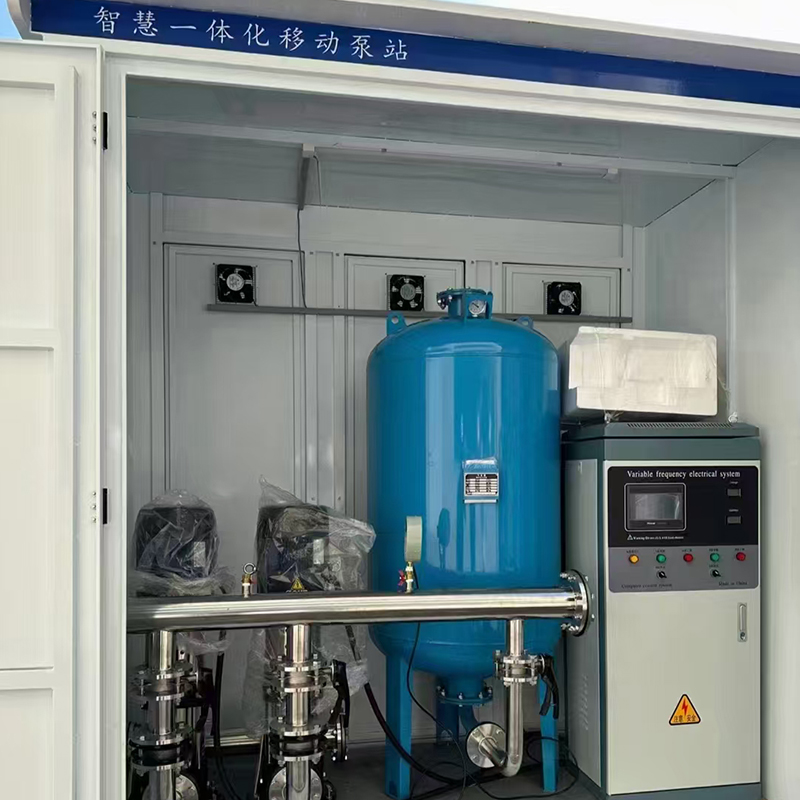

 浙公网安备33032402001888号
浙公网安备33032402001888号
